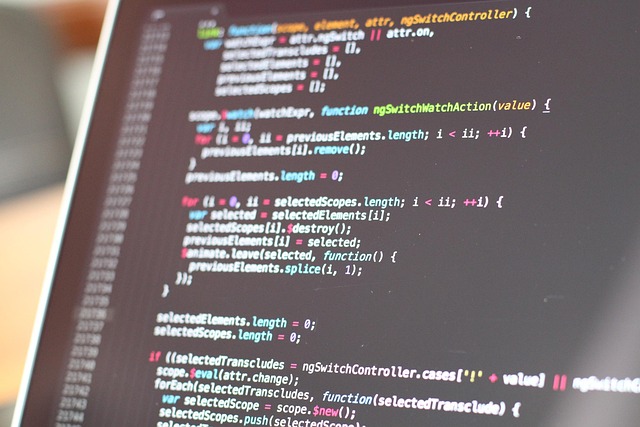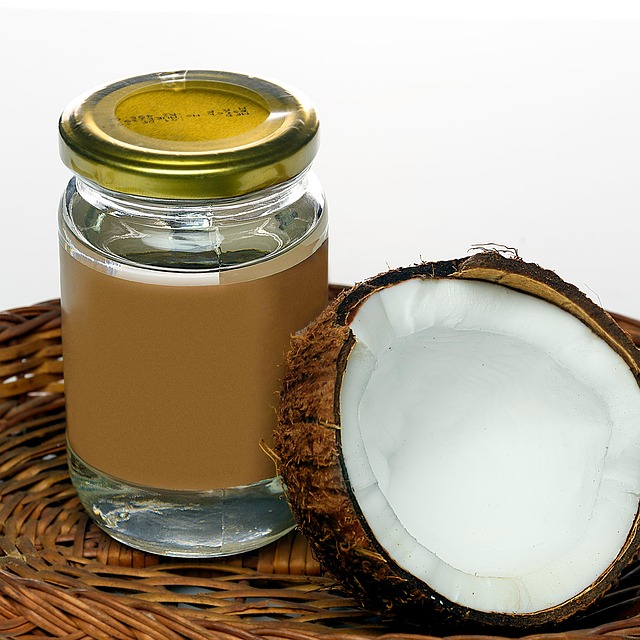
Court Procedures
Introduction to Court Procedures
Court procedures can seem a bit daunting at first glance, but understanding the basics can really help demystify the whole process. Whether you're involved in a civil case or a criminal trial, knowing what to expect can make a significant difference. Let’s break it down step by step.
The Basics of Court Procedures
At its core, the court system is designed to ensure justice is served, and it operates through a series of established procedures. While there are some differences between civil and criminal cases, the fundamental courtroom procedures remain quite similar.
1. Starting the Case
Every case begins with a filing. In civil cases, this usually involves a complaint filed by the plaintiff, while in criminal cases, the process starts with charges brought by the state against the defendant. This initial step sets the stage for everything that follows.
2. Pre-Trial Procedures
Before the trial kicks off, several pre-trial procedures come into play. This includes:
- Pleadings: Both parties submit their positions.
- Motions: Requests made to the court for specific rulings.
- Discovery: A critical phase where both sides gather evidence and information from each other.
- Pre-Trial Conferences: Meetings to discuss the case and potential settlement options.
These steps are crucial as they help clarify the issues at hand and can sometimes lead to a settlement before the trial even begins. 🤝
3. Trial Procedures
Once the pre-trial phase wraps up, the trial itself can begin. Here’s how it typically unfolds:
- Jury Selection: If it’s a jury trial, selecting the right jurors is essential. This process involves questioning potential jurors to ensure they can be impartial.
- Opening Statements: Both sides present an overview of their case, setting the tone for the trial.
- Presentation of Evidence: This is where the real action happens. Witnesses are called, and evidence is presented to support each side’s arguments.
- Closing Arguments: After all evidence is presented, both sides summarize their cases, highlighting key points.
And then, it’s time for the jury (or judge in a bench trial) to deliberate and reach a verdict. 🏛️
4. Post-Trial Procedures
After the verdict is delivered, there are still a few more steps to consider:
- Sentencing: In criminal cases, if the verdict is guilty, the judge will determine the appropriate punishment.
- Appeals: If one party believes there was a legal error during the trial, they can appeal the decision to a higher court.
This phase can sometimes extend the case for months or even years, depending on the complexity of the appeal.
Conclusion
Understanding court procedures is vital for anyone involved in the legal system. Whether you’re a defendant, plaintiff, or just curious about how it all works, knowing the steps can help you navigate the process more effectively. Remember, while it can feel overwhelming, each step is designed to ensure fairness and justice. Stay informed, and you’ll be better prepared for whatever comes your way!

















 What is a Pseudo-random Binary Sequence?
What is a Pseudo-random Binary Sequence? 
 Health
Health  Fitness
Fitness  Lifestyle
Lifestyle  Tech
Tech  Travel
Travel  Food
Food  Education
Education  Parenting
Parenting  Career & Work
Career & Work  Hobbies
Hobbies  Wellness
Wellness  Beauty
Beauty  Cars
Cars  Art
Art  Science
Science  Culture
Culture  Books
Books  Music
Music  Movies
Movies  Gaming
Gaming  Sports
Sports  Nature
Nature  Home & Garden
Home & Garden  Business & Finance
Business & Finance  Relationships
Relationships  Pets
Pets  Shopping
Shopping  Mindset & Inspiration
Mindset & Inspiration  Environment
Environment  Gadgets
Gadgets  Politics
Politics 